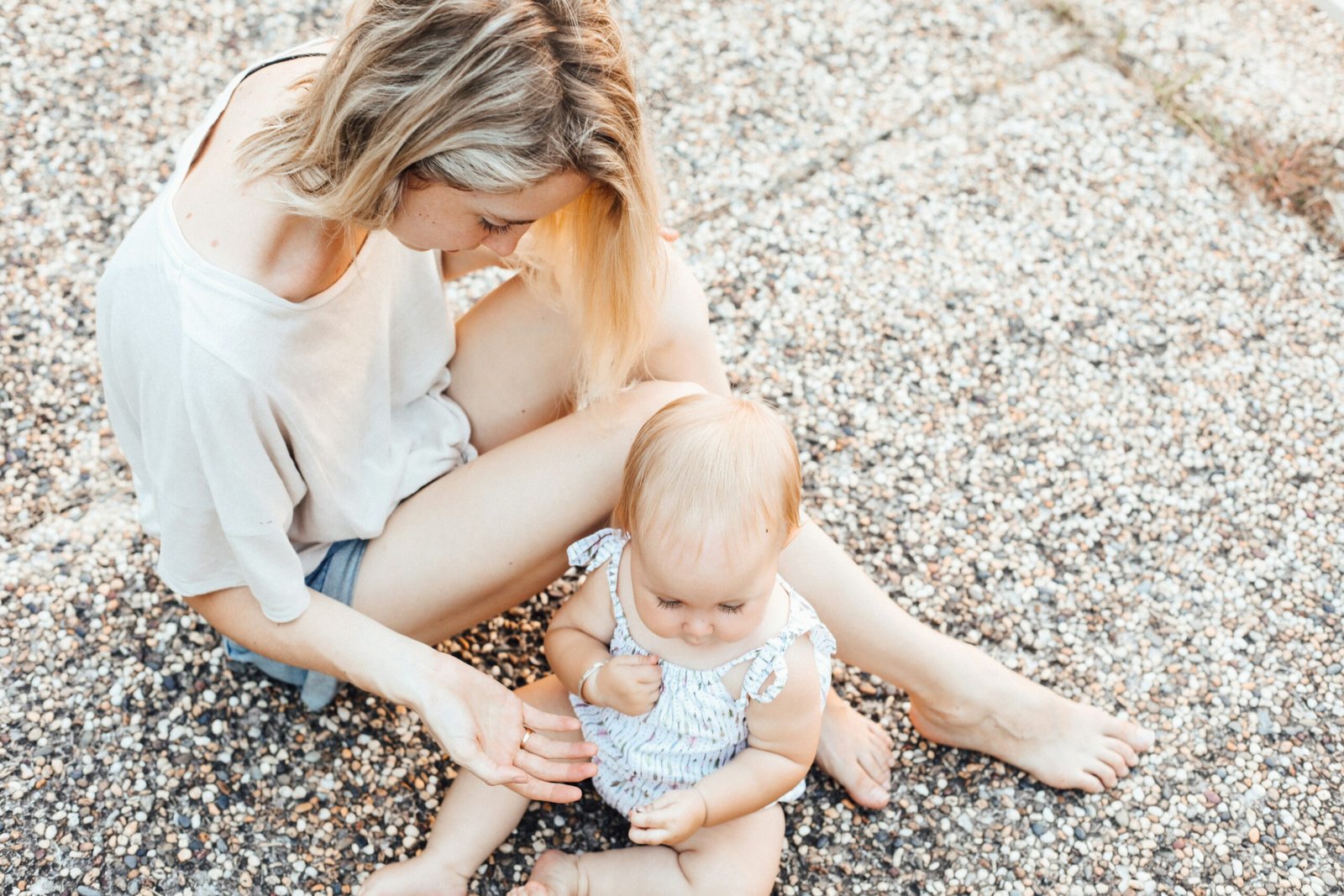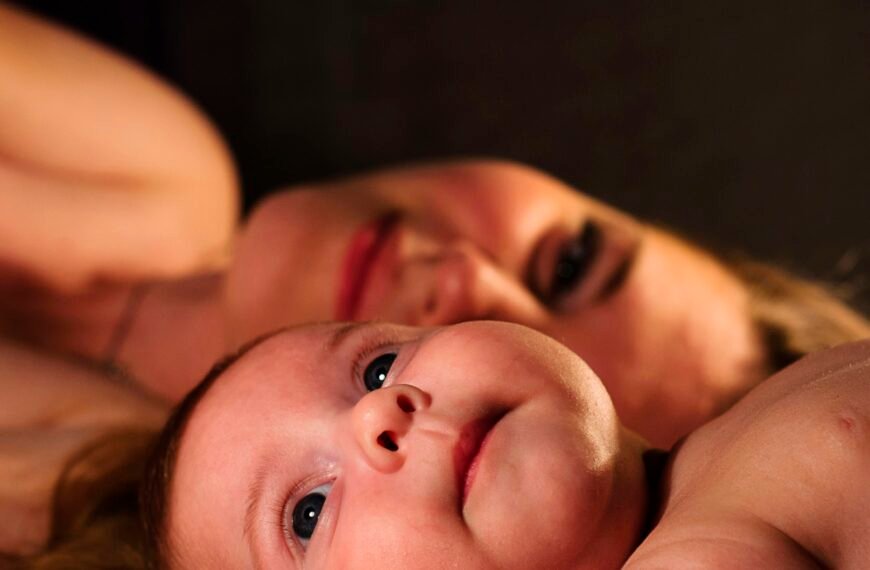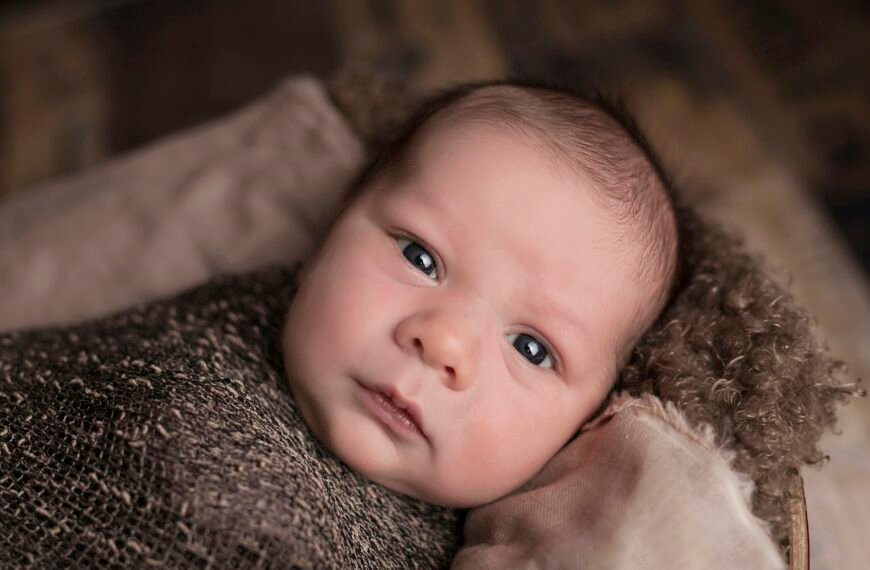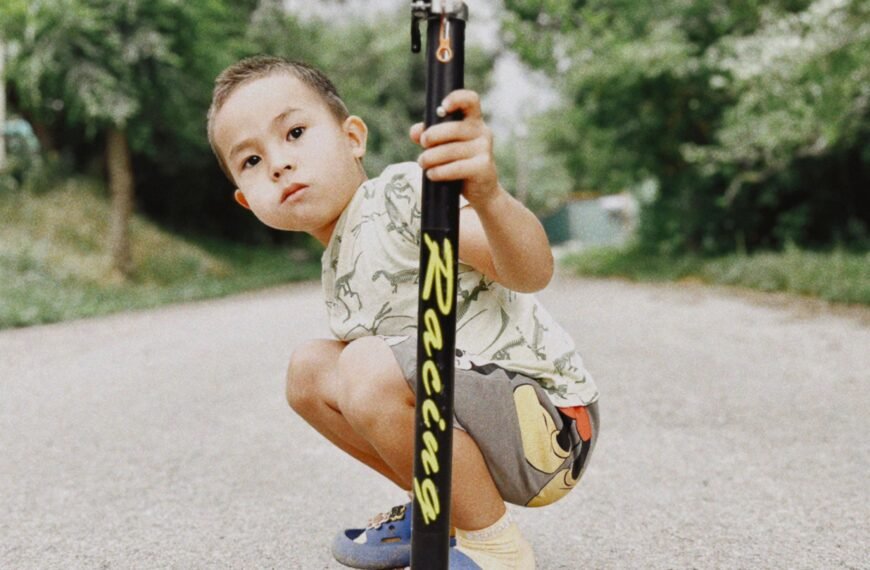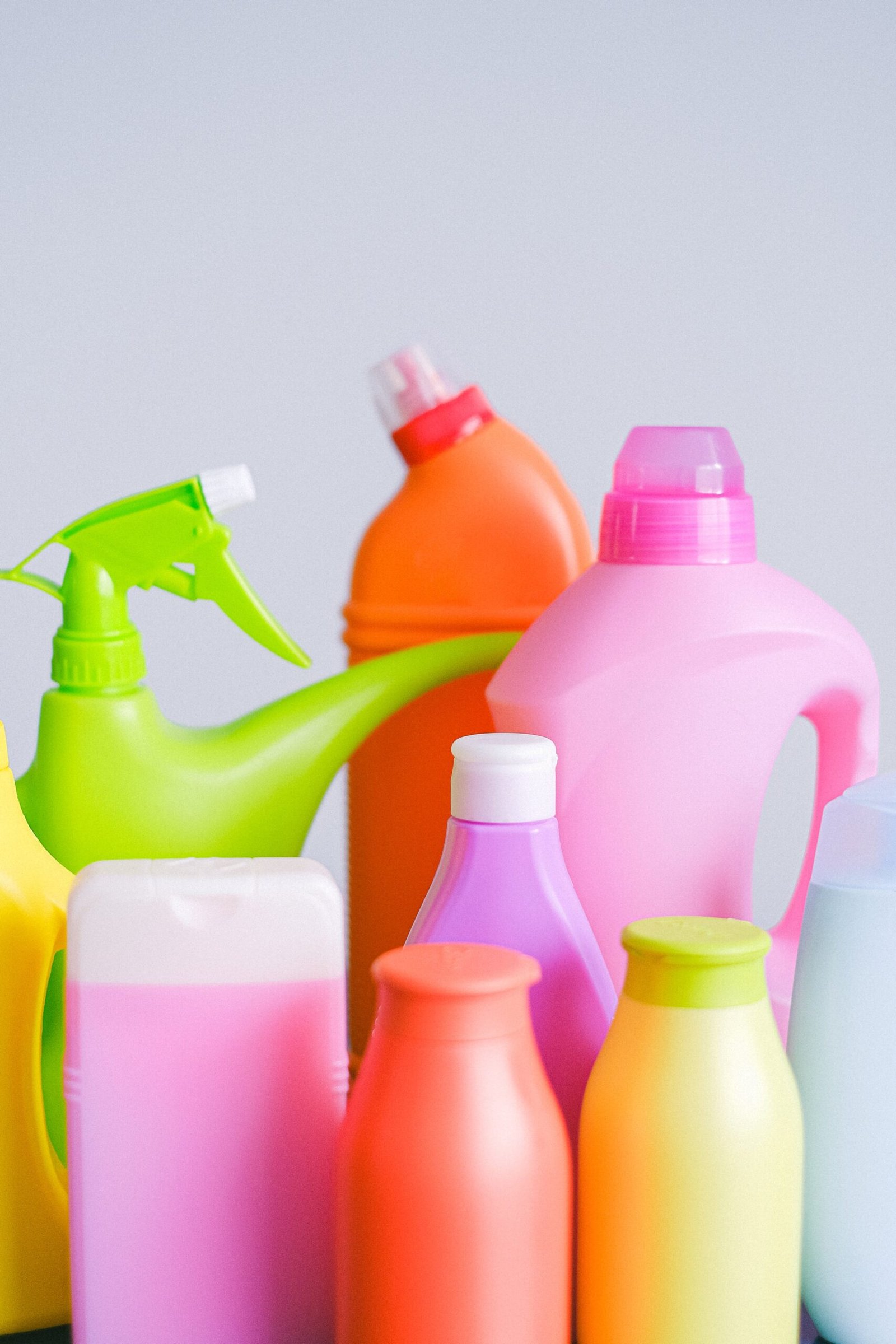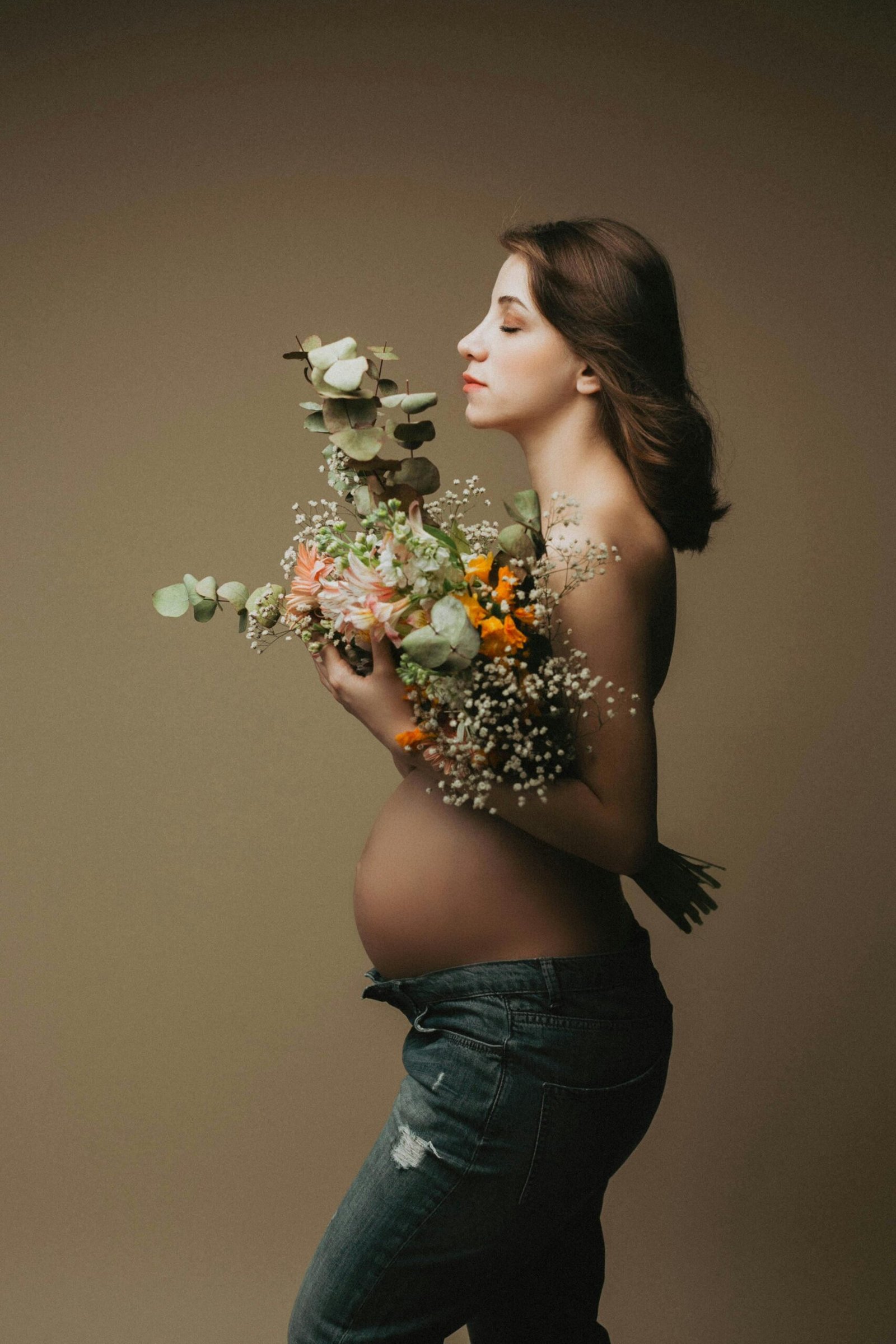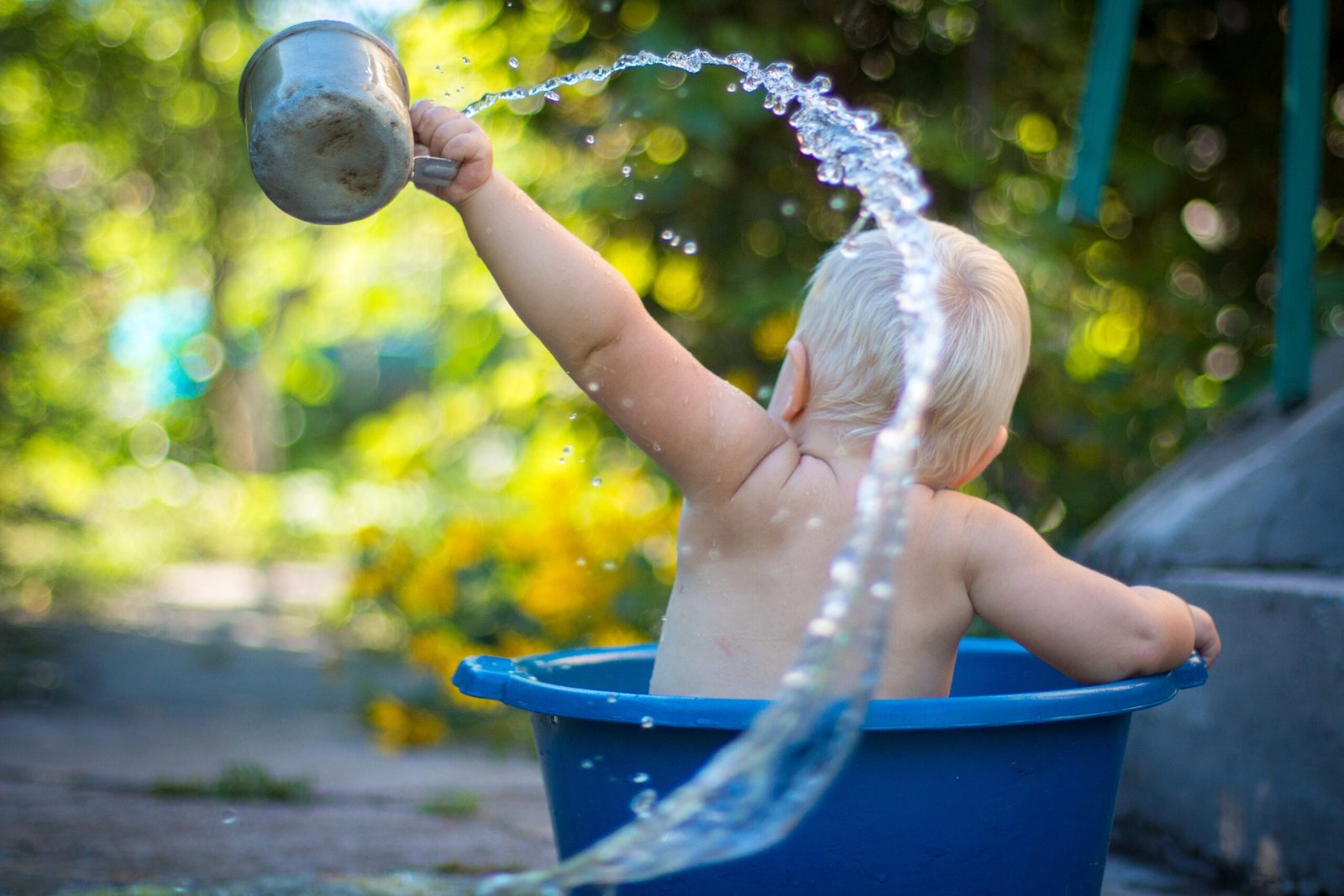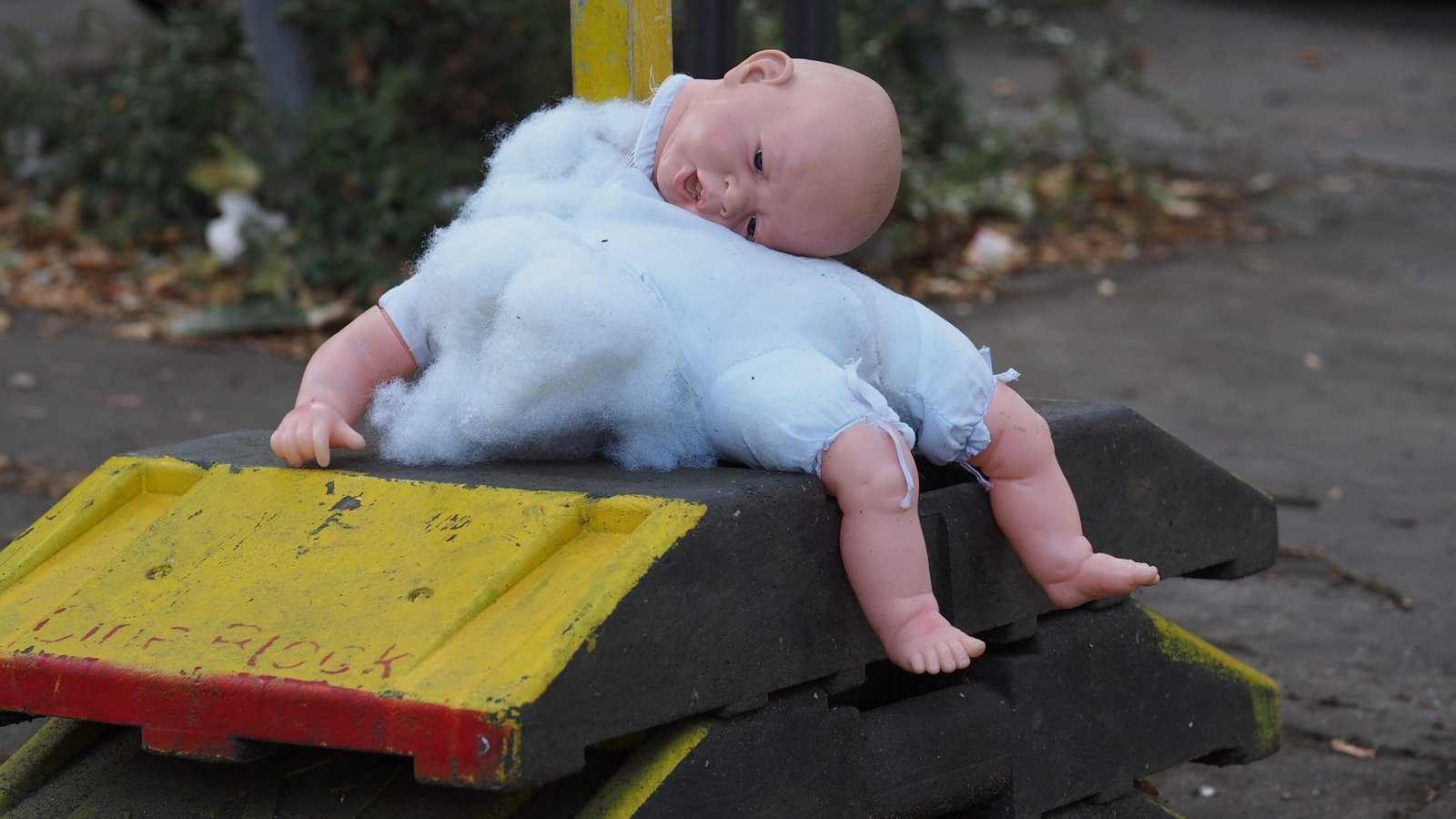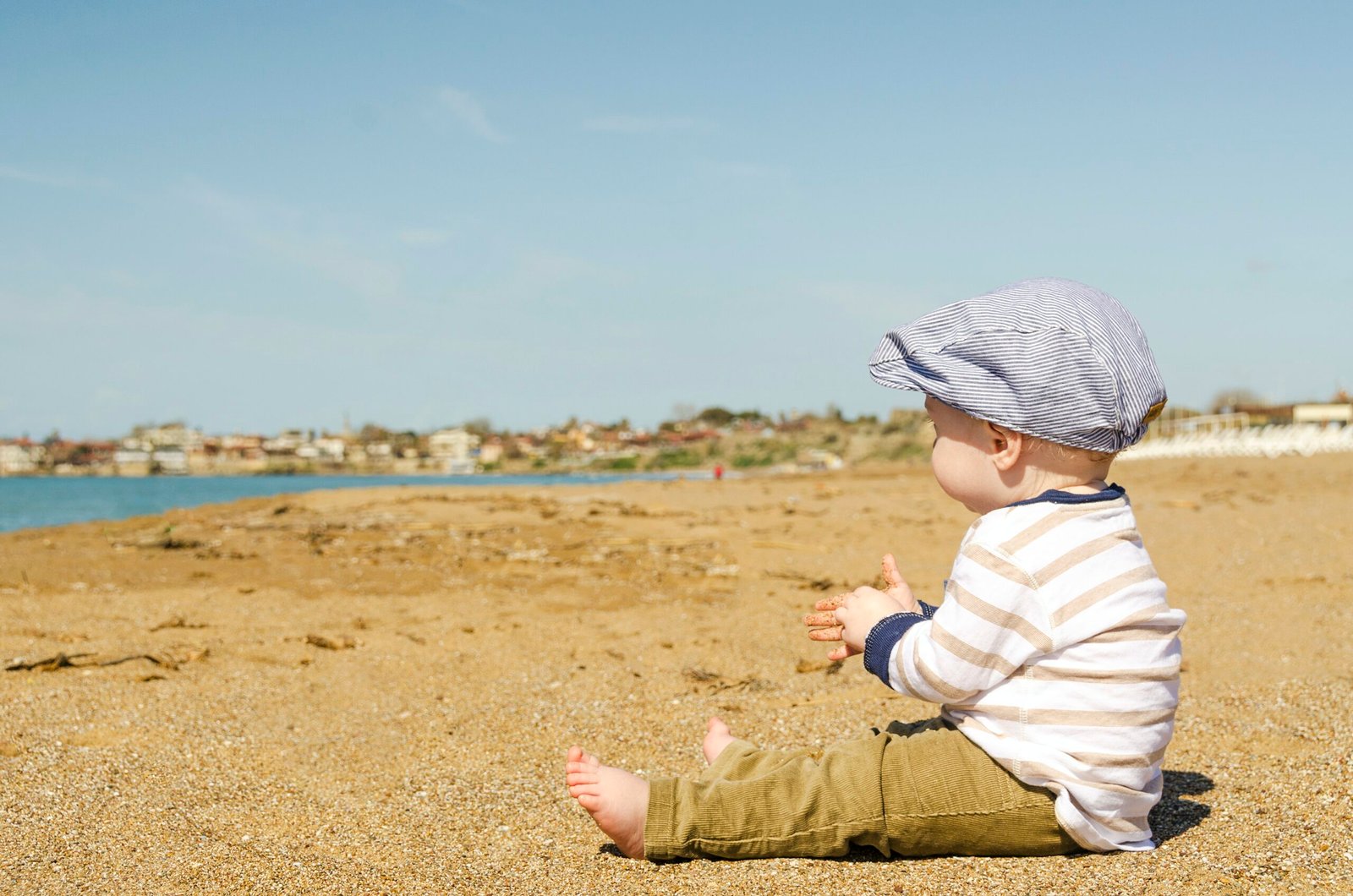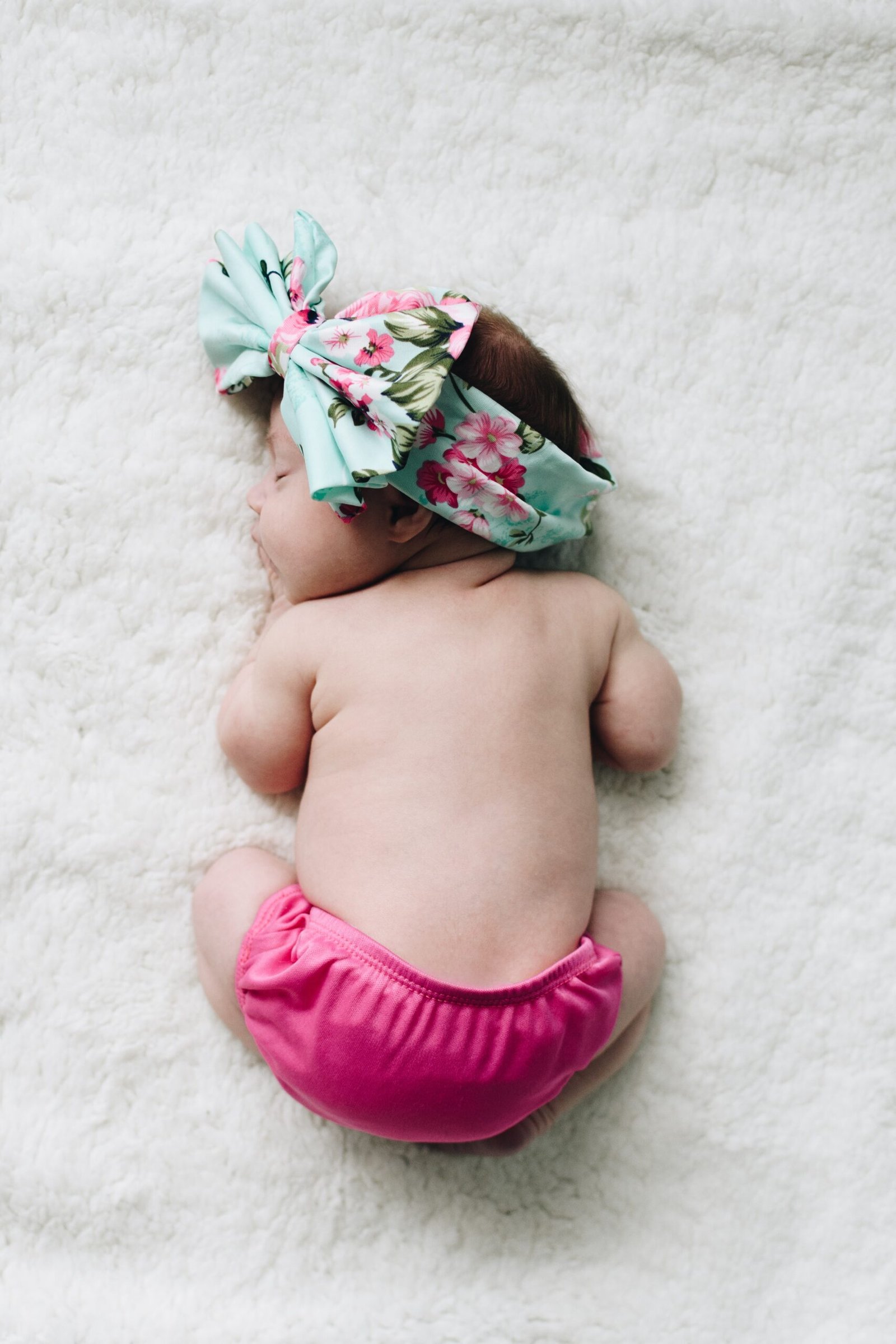Are you a new parent or soon-to-be parent wondering when the best time is to buy baby toys? Look no further! This article is here to guide you through the different stages of your baby’s development and help you understand when they are ready for their first toys. From newborns with grasping reflexes to curious toddlers exploring their surroundings, we’ll explore the milestones and cues that indicate it’s time to introduce age-appropriate toys into your little one’s life. So, let’s dive in and discover the perfect timing for purchasing those engaging and educational playthings for your precious bundle of joy!
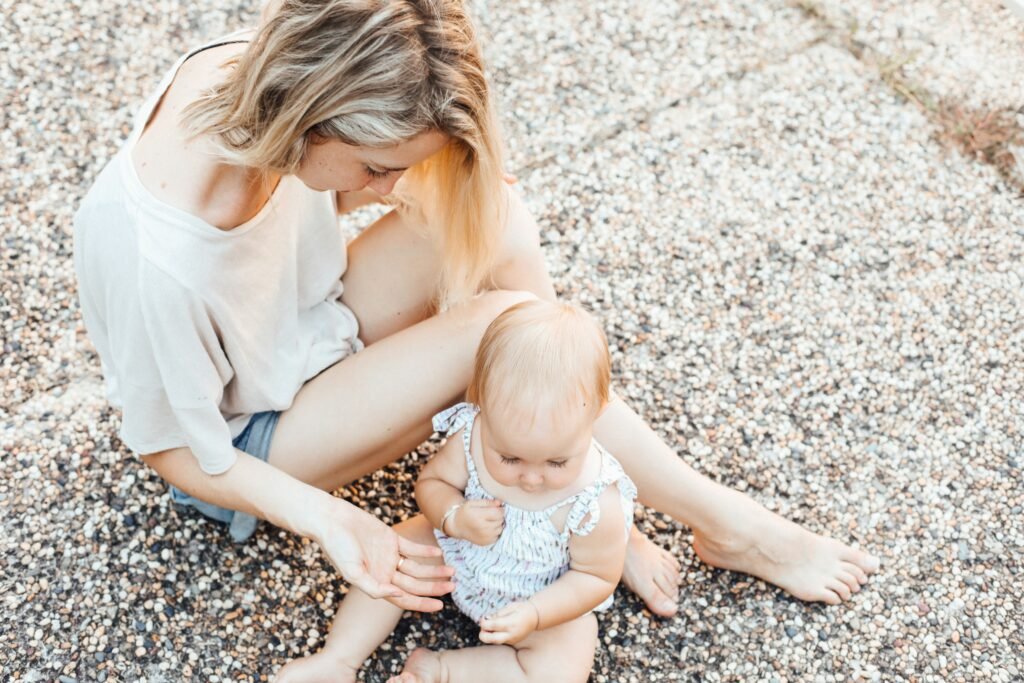
Check Baby Toys Guide & Review
Age Development
Newborn to 3 Months
During the first three months of your baby’s life, they will primarily focus on developing basic reflexes and motor skills. At this stage, their vision is not fully developed, so you should choose toys with high contrast colors, simple patterns, and different textures to stimulate their visual and tactile senses. Soft toys that make gentle sounds can also help stimulate their developing auditory system.
3 to 6 Months
Between 3 and 6 months, your baby will start to gain more control over their movements. They will begin to reach and grasp objects, so it’s important to introduce toys that are easy to hold and manipulate. Soft rattles, teething toys, and plush toys with various textures are excellent choices. Activity gyms with dangling toys and mirrors can also provide entertainment and encourage your baby to explore and reach out.
6 to 9 Months
During this stage, your baby will become more mobile and start to develop their gross motor skills. Toys that can aid in their crawling and pulling up to stand will be beneficial. Push toys or walkers with wheels can encourage them to practice their walking skills. Stacking toys and shape sorters will also help improve their hand-eye coordination and problem-solving abilities.
9 to 12 Months
Between 9 and 12 months, your baby will start to show signs of greater independence and curiosity. Toys that encourage exploration and problem-solving become more important. Puzzles with large, chunky pieces, nesting cups, and interactive toys with buttons and levers will keep them engaged and help further their cognitive development. Simple musical instruments, such as toy xylophones and drums, can also introduce them to different sounds and rhythms.
12 to 18 Months
At this age, your baby will become more adept at walking and their fine motor skills will continue to develop. Toys that encourage movement, such as ride-on toys and push cars, can provide them with hours of fun while also improving their balance and coordination. Building blocks and simple construction sets can stimulate their creativity and problem-solving skills. Books with colorful pictures and simple stories can also help develop their language and communication skills.
18 to 24 Months
Between 18 and 24 months, your toddler’s imagination starts to flourish. Pretend play becomes a significant aspect of their development. Dolls, stuffed animals, and play kitchens will encourage creativity and social interaction. Musical instruments like toy keyboards or mini guitars can foster their love for music and rhythm. Large puzzles with more intricate pieces can challenge their problem-solving abilities and improve their hand-eye coordination.
Motor Skills
Gross Motor Skills
Gross motor skills involve the use of the large muscles in the arms, legs, and torso. Toys that promote gross motor skill development include balls for kicking or throwing, climbing structures, tricycles or balance bikes, and tunnels for crawling through. These activities not only enhance physical strength and coordination but also contribute to the overall development of your child’s balance and spatial awareness.
Fine Motor Skills
Fine motor skills involve the small muscles in the hands and fingers, which are crucial for tasks like writing, drawing, and buttoning clothes. Toys that encourage fine motor skill development include puzzles with small knobs or pegs, building blocks, shape sorters, and toys with buttons, zippers, or laces to manipulate. Playdough or clay can also enhance hand strength and dexterity.
Intellectual Stimulation
Visual Stimulation
Visual stimulation is essential for a baby’s cognitive development. Toys with high contrast colors, bold patterns, and moving parts can captivate their attention. Mobiles and crib toys that rotate or play soothing music can provide visual and auditory stimulation simultaneously. Books with vivid illustrations also contribute to their visual development, as they learn to recognize shapes, colors, and objects.
Auditory Stimulation
Toys that create different sounds and melodies can help develop your baby’s auditory senses. Musical toys like rattles, shakers, and toy instruments encourage them to explore rhythm and different tones. Interactive toys that play songs or nursery rhymes can engage their auditory perception while also improving their hand-eye coordination. Simple toys like squeaky ducks or sound-making stuffed animals can also elicit joy and curiosity in your little one.
Tactile Stimulation
Babies learn about the world through touch, so providing toys with various textures is crucial for their sensory development. Soft toys with different fabrics, textured balls, and sensory blankets with different materials can engage their sense of touch. Activity mats with different textures and toys that crinkle or have different surfaces to explore can also enhance their tactile stimulation.
Cognitive Stimulation
As your baby grows, it’s important to provide toys that stimulate their cognitive abilities. Simple puzzles, matching games, and shape sorters can foster their problem-solving skills and hand-eye coordination. Open-ended toys, like building blocks, encourage creativity and imagination as they experiment with different structures. Books with stories or interactive features promote language development and improve their ability to understand and follow simple instructions.
Sensory Development
Sight
In the first few months, your baby’s vision is still developing. Toys with high contrast colors and simple patterns can capture their attention. As they grow, toys with bright and varied colors can stimulate their visual senses. Play mats or activity gyms with hanging objects at different heights can encourage your baby to focus and track objects with their eyes.
Sound
Sound is an important aspect of sensory development. Toys that create various sounds, such as rattles, shakers, and musical instruments, can engage your baby’s sense of hearing. Soft toys with built-in squeakers or crinkle sounds can also provide auditory stimulation. Singing songs or reading aloud to your baby can further contribute to the development of their listening skills and language comprehension.
Touch
Babies explore the world through touch, and providing toys with different textures is crucial for their sensory development. Soft toys with different fabrics, textured balls, and sensory blankets with different materials can engage their sense of touch. Toys that have different surfaces, like rough or smooth, can also provide tactile stimulation.
Taste
Babies often explore objects by putting them in their mouths. It’s important to choose toys that are safe and free from harmful chemicals. Soft teething toys made from non-toxic materials, like BPA-free silicone, can provide relief for teething babies while also stimulating their senses. Avoid toys with small parts that can be a choking hazard and ensure that any toy your baby puts in their mouth is clean and easily washable.
Smell
While not as prominent as other senses, smell can still play a role in your baby’s sensory development. Choosing toys made from natural materials, like wooden toys or toys with cloth elements, can provide a subtle scent that can heighten their sensory experience. Scented stuffed animals or sensory play materials with different smells, like scented playdough, can also contribute to your baby’s exploration and sensory stimulation.
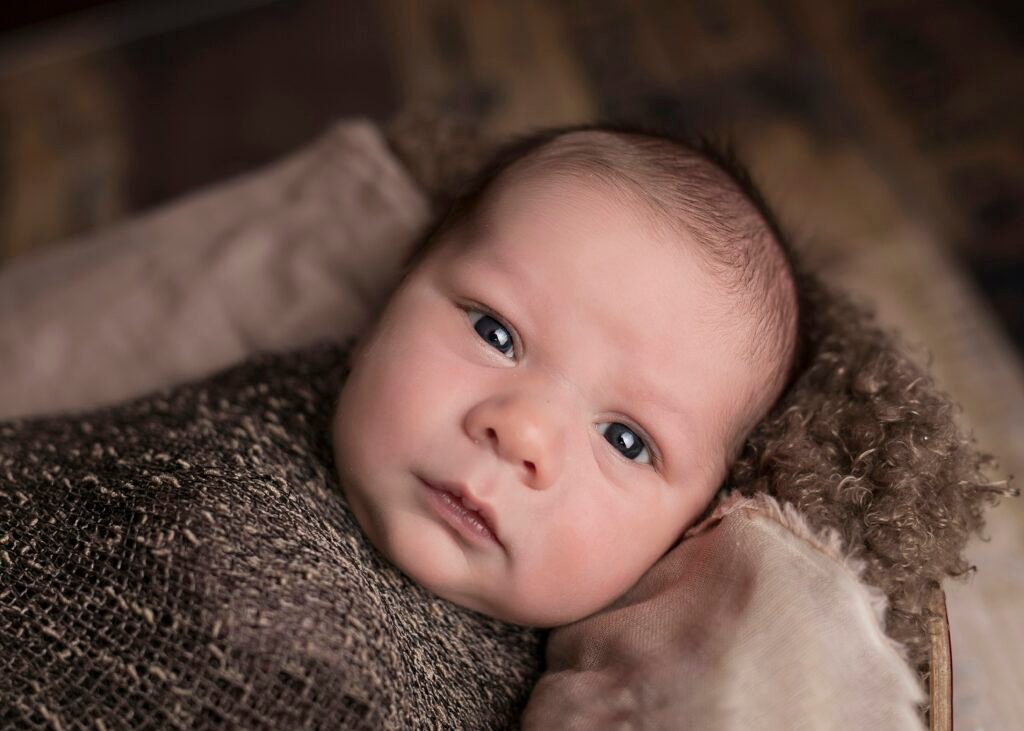
Safety
Non-Toxic Materials
When choosing toys for your baby, prioritize those made from non-toxic materials. Look for toys labeled as BPA-free, phthalate-free, and lead-free. Natural materials like wood or organic cotton are great options for ensuring the safety of your baby’s toys. Avoid toys with strong chemical odors or paints that could potentially be harmful if ingested.
Choking Hazard
Check the age recommendations and warning labels on toys to ensure they are appropriate for your baby’s age range. Avoid toys with small parts that could pose a choking hazard. Be mindful of small items that can detach easily, such as buttons or eyes, as they can become a choking risk if swallowed. Regularly inspect toys for any signs of wear and tear or damage that may increase the risk of a choking incident.
Small Parts
Toys with small parts should be avoided for babies and young toddlers, as they are more likely to put objects in their mouths. Small detachable parts, like buttons or beads, could pose a choking hazard. Always choose toys that are designed for their age range and do not contain small parts that could potentially be swallowed.
Sharp Edges
Ensure that toys do not have any sharp edges or points that could cause injuries. Smoothly finished wooden toys or soft plastic toys without sharp corners are safer options. Always inspect toys for any rough edges, splinters, or protruding parts that may pose a risk to your baby’s safety.
Battery Safety
For toys that require batteries, ensure that the battery compartment is secure and inaccessible to your baby. Loose batteries or easy access to batteries can be hazardous if swallowed. Always follow the manufacturer’s instructions regarding battery usage, and when changing batteries, keep them out of reach of your child.
Social Interaction
Interactive Toys
Interactive toys that respond to your baby’s actions are great for promoting social interaction. Toys that giggle, sing, or encourage your baby to press buttons or turn levers can provide hours of entertainment while also fostering social engagement.
Pretend Play
As your child grows, pretend play becomes a valuable way to encourage social interaction. Toys that encourage imaginative play, such as play kitchens, dollhouses, or tools, can stimulate creativity and provide opportunities for your baby to mimic real-life situations and interact with you or other children.
Group Play
Group play is crucial for developing social skills. Toys that can be enjoyed by multiple children simultaneously, such as building blocks, board games, or outdoor play equipment like slides or sandboxes, can facilitate group play and encourage cooperation, sharing, and turn-taking.
Sibling Interaction
If your baby has older siblings, encourage them to play together. Toys that can be enjoyed by children of different ages, such as building sets or art supplies, can provide opportunities for older siblings to engage with and teach your baby, fostering a strong sibling bond.
Solo Play
Solo play is also important for a child’s development. Toys that can be explored independently, such as puzzles, coloring books, or art supplies, provide your baby with a sense of autonomy and the opportunity to practice problem-solving and creativity on their own.
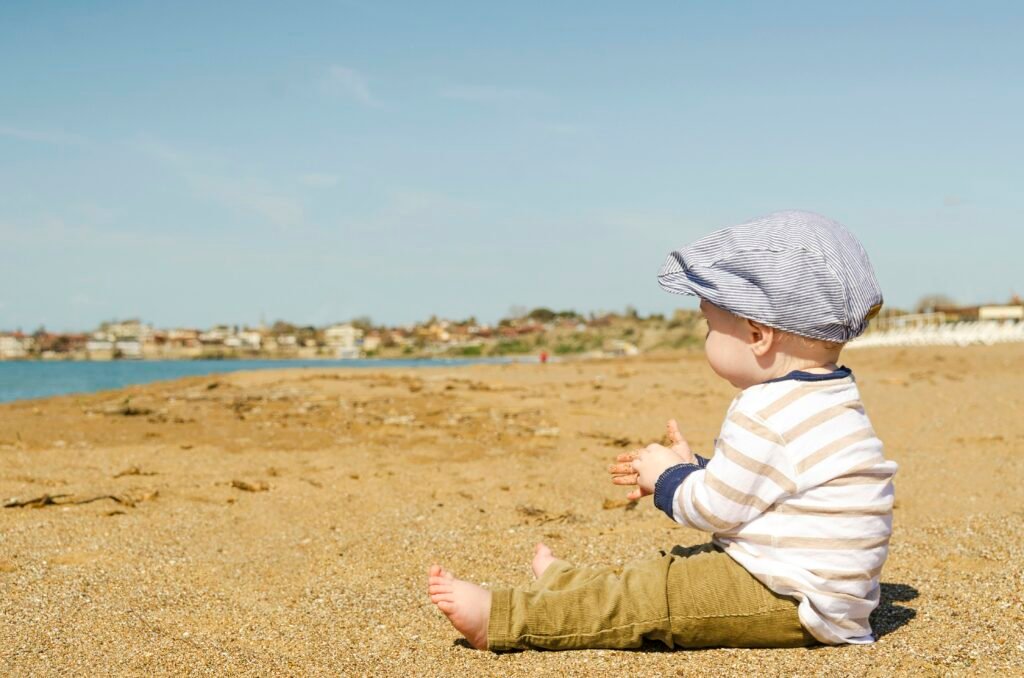
Budget Considerations
Discounts and Sales
Watch out for discounts and sales at various retailers, both online and in-store. Many stores offer special promotions during holidays or back-to-school seasons. Signing up for newsletters or loyalty programs can provide you with exclusive discounts and early access to sales. Keep an eye on websites or apps that provide price comparisons to ensure you’re getting the best deals.
Seasonal Promotions
Retailers often have seasonal promotions where they offer discounted prices on toys. After major holidays or at the end of a particular season, you may find toy sales and clearance events. Consider purchasing toys ahead of time during these promotions, even if it means storing them for future use.
Hand-Me-Down Toys
Hand-me-down toys are a cost-effective way to provide your baby with a variety of toys. Friends or family members with older children are often willing to pass on toys they no longer use. Ensure that the toys are in good condition and meet current safety standards before introducing them to your baby.
Toy Swaps with Other Parents
Consider organizing toy swaps with other parents in your community as a way to obtain new toys without spending money. Parents can bring toys their children no longer play with and exchange them for other toys. Toy swaps not only provide a budget-friendly option but also offer an opportunity for social interaction among parents.
Special Occasions
Baby Showers
Baby showers are a perfect occasion for friends and family to gift toys. When registering for your baby shower, include a variety of toys suitable for different stages of development. This allows your loved ones to purchase toys your baby can enjoy as they grow.
Birthdays
Birthdays are another great opportunity to receive toys as gifts. Consider creating a wish list or letting friends and family know what stage of development your baby is at, so they can choose toys that are appropriate for their age range. It’s always a good idea to include a mix of educational and entertaining toys to support your baby’s growth and development.
Holidays
Holidays like Christmas or Hanukkah are often associated with gift-giving. Prioritize toys that are not only fun but also promote learning and development. Books, puzzles, building sets, and imaginative play toys are all great options. Taking advantage of holiday promotions can also help you stretch your budget.
Milestones
Celebrating milestones, such as your baby’s first steps or first words, can be an occasion to provide them with a special toy. Choose toys that encourage their newfound skills and interests. For example, a ride-on toy or a set of building blocks can be great gifts to mark their achievement in walking or problem-solving.
Functional Toys
Teething Toys
Teething toys help soothe your baby’s gums when they start teething. Look for toys made from non-toxic materials that are specifically designed for teething babies. Rubber or silicone-based teething rings that can be chilled in the refrigerator can provide relief from teething discomfort.
Bath Toys
Bath time can be a fun and engaging experience for your baby with the right toys. Look for bath toys that are waterproof, easy to clean, and free from any harmful chemicals. Squeeze toys, floating toys, and water-resistant books can make bath time an enjoyable and educational experience.
Musical Toys
Musical toys can introduce your baby to different sounds and rhythms. Look for toys that are age-appropriate and encourage your baby to explore music. Toy keyboards, drums, or xylophones can provide hours of fun while promoting early musical awareness.
Stacking Toys
Stacking toys help develop your baby’s hand-eye coordination and fine motor skills. Different-sized cups or blocks that can be stacked can improve their spatial awareness and problem-solving abilities. Choose stacking toys made from durable materials to ensure they withstand the inevitable enthusiastic play.
Shape Sorters
Shape sorters help your baby learn about different shapes and improve their problem-solving skills. Look for shape sorters with large, easy-to-grasp shapes that can be matched to the corresponding holes. These toys promote hand-eye coordination and cognitive development.
Rattles and Shakers
Rattles and shakers are classic toys for babies that provide sensory stimulation. Choose ones with different textures, colors, and sounds to keep your baby engaged. Look for rattles that are easy for your baby to hold and manipulate to encourage their developing grasp.
Activity Gyms
Activity gyms provide a safe and stimulating environment for your baby to explore. Look for gyms with hanging toys, mirrors, and different textures. These toys can encourage your baby to reach, grasp, and kick, promoting their physical and cognitive development.
Developmental Milestones
Sitting
Around 6 months, your baby will begin to sit independently. At this stage, toys that promote balance and stability, such as soft cushions or sitting aids, can be helpful. Floor mirrors or toys within their reach can also provide entertainment and encouragement as they develop their sitting skills.
Crawling
Between 6 and 10 months, most babies will start crawling. Toys that encourage crawling, such as soft tunnels, rolling toys, or toys that move with the baby’s touch, can motivate them to explore their surroundings and improve their gross motor skills.
Standing
Around 9 to 12 months, your baby may start pulling up to stand and eventually cruise along furniture. Toys that support their standing, such as activity tables or push toys, will help build strength and coordination. Look for toys with sturdy support and interactive features to engage your baby as they practice standing.
Walking
Between 12 and 18 months, your baby may take their first steps. Walking toys, such as push cars or walkers with wheels, can provide support and stability as they gain confidence in their walking abilities. Ensure that these toys are designed with safety features and have a stable base to prevent tipping.
Language Development
As your baby grows, their language development becomes more significant. Toys that promote language learning, such as books with simple stories, interactive toys that spell out letters or numbers, or toys that play songs or nursery rhymes, can encourage their vocabulary and language comprehension.
Problem Solving
Toys that promote problem-solving skills are essential for your baby’s cognitive development. Age-appropriate puzzles, building blocks, or shape sorters challenge your baby to think critically and overcome obstacles. Encourage them to experiment and find different solutions, providing guidance when needed.
In conclusion, choosing the right toys for your baby’s age and development is crucial for their overall growth and stimulation. From newborn to 24 months, their needs and abilities evolve rapidly. By considering their motor skills, intellectual stimulation, sensory development, safety, social interaction, budget, and special occasions, you can provide them with a variety of toys that engage their senses, promote learning, and encourage development at every stage. Remember to prioritize their safety, choose non-toxic materials, and always supervise playtime to ensure a safe and enjoyable experience.

